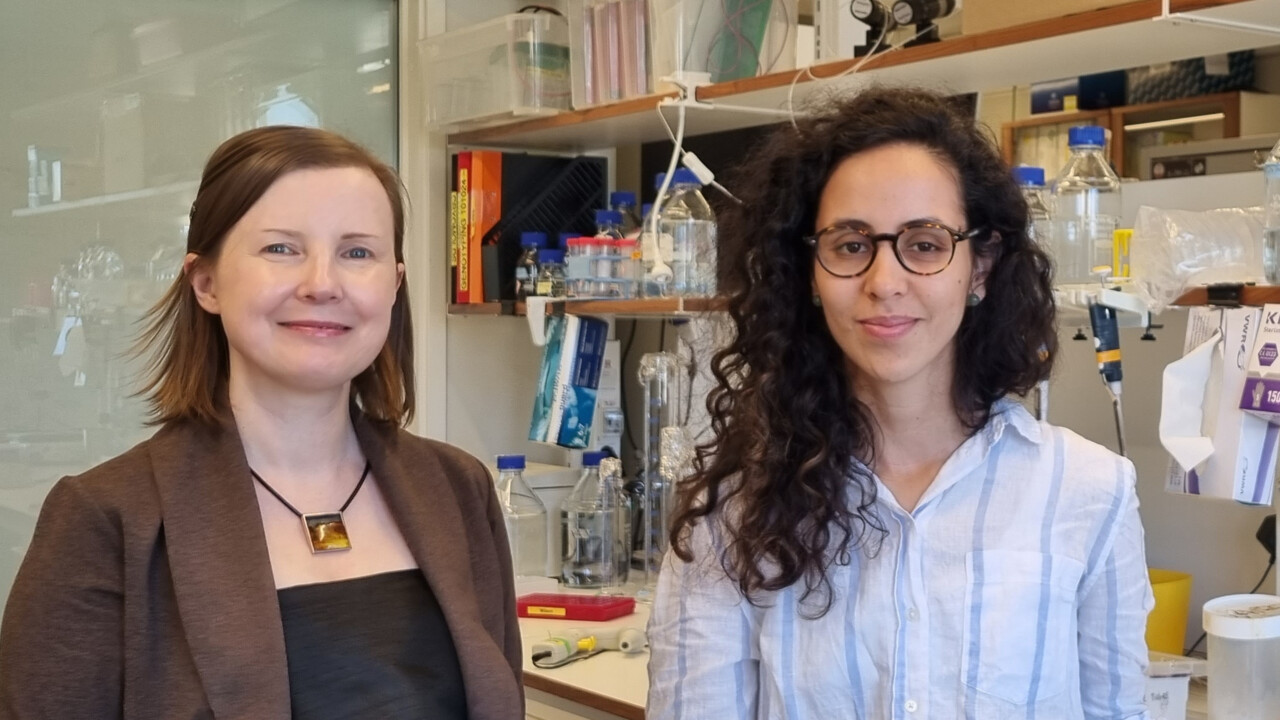– We’re still at an early stage of research, but this opens up exciting opportunities to fight cancer in the body in a completely new way, says Sarah Wilson, a neurobiologist at the Department of Integrative Medical Biology at Umeå University.
In cancer, there is an interaction between tumors and nerves. You can say that the tumor is talking to the nervous system. The idea of the study at Umeå University is that by interpreting this “conversation” one should subsequently be able to find ways to break it and thus slow down the cancer or reduce the risk of its spread.
All of the body’s organs contain nerves, which act as a pathway system to communicate information between the organs, the brain, and the rest of the body. The curious fact is that many different types of tumors have an increased density of nerves in and around the tumor, compared to healthy organs. It appears that the cancer caused nerves to grow and reorganize. Normally, the body’s neural map is created very early, already when we are fetuses in our mother’s womb. In healthy people, the ability of nerves to grow and reorganize is very limited, but cancer appears to be able to disrupt this. The question was why.
Previous research has shown that tumors with high nerve density grow faster, become larger, and spread more easily to other parts of the body. They use the nerves of the tumor as a path out of the tumor. This process is called peripheral nerve invasion, PNI. The goal of the Umeå researchers’ study was to explain the molecular language used in these interactions between tumors and nerves.
The researchers found that in the tumors there is a network of genes centered around molecular pathways normally used for nerve development. These are the same genes and molecular networks already present in the fetus that help the nerve grow and eventually reach all parts of the body. Previous studies by Omeya researchers have shown that when the nervous system is forming in the fetus, nerve cell projections, called axons, in certain neurons are used by other neurons to travel to the correct place in the nervous system. Axons create a “road map” for other cells to find their way. The Umeå researchers, along with researchers from around the world, have previously shown how the location and direction of axons from neurons are controlled by networks of specific genes.
The new discovery was that different cancers have their own variants of the set of genes that normally control nerve pathway mapping, which may be the key to how nerves are tricked into remapping their paths. Cancer appears to reactivate genes that are active in healthy people during the fetal stage where they control development of the nervous system, but in cancer they appear to send signals that favor tumor growth and spread.
Tumors seem to overtake the genetic programs of nerves for their own destructive purposes. Sarah Wilson says continuing research could provide answers about how tumors can be outmaneuvered from using genes to control the nervous system.
The research was conducted through a bioinformatics study using open genetic databases from anonymized human patient samples. The study, conducted largely by the lab’s doctoral student, Luz María González Castrillon, was published in the scientific journal Frontiers in Genetics.

“Extreme tv maven. Beer fanatic. Friendly bacon fan. Communicator. Wannabe travel expert.”







More Stories
The parasites are suspected to be transmitted from deer to humans
The Swedish Transport Agency reviews medical regulations – PROFFS Newspaper
New guidelines for eating disorder care: 'Much about increasing knowledge'